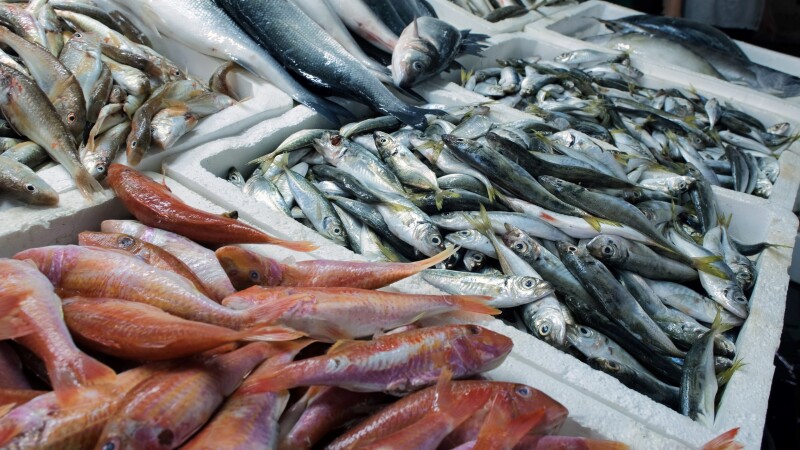Hawaii’s seafood industry has long been a mix of local catches and imported products, with many consumers unaware of where the fish on their plates truly comes from. Despite the state’s 10-year average of 17.4 million pounds of annual seafood landings from 2000 to 2009, Hawaii still imports about half of its seafood.
While some local spots, like Poke by the Pound in Kalihi, proudly use fresh, locally caught fish, most poke sold in retail and restaurants is imported. With rising concerns over transparency and sustainability, Hawaii isn’t alone—other states, like Louisiana, are also grappling with misleading seafood labeling practices.
A recent source shared that a restaurant called Poke by the Pound in Kalihi strictly used fresh, locally caught fish for their poke bowls, leaving locals and customers with remarks about the freshness of the fish used there. The United States Department of Agriculture (USDA) requires that all seafood that is stored at stores in the country be labeled with a country-of-origin label; however, once products are prepared- such as poke- the label is no longer required.
Eric Kingma, executive director of Hawaii Longline Association, told sources, “I think there’s a series misconception in the consumer base in Hawaii that poke that’s offered at retail is locally landed and it's not. It’s mostly imported.”
Hawaii is not the only state facing these issues; earlier this spring, Louisiana lawmakers passed a change in the regulations for important seafood sold in state restaurants and beyond. The bill will strengthen laws against misleading seafood labeling and marketing to protect the struggling domestic seafood industry. Senator Patrick Connick sponsored the bill following Louisiana markets flooded with cheap imported seafood.
There is a need to support the local fishermen in our states. The article on seafood imports in Hawaii shared that some stores have used wording like “fresh made” or “locally made” on poke with fish that’s been previously frozen and imported from places like the Philippines, Mexico, Vietnam, and China.
“There’s no clear guidance that requires distributors, retailers, or chefs to label their dishes in a certain way, so it’s really difficult to understand what you’re eating, where it comes from, and what sort of impact that has when you buy that fish,” Matt Ramsey of the Western Pacific Fishery Management Council member told sources.
U.S. fisheries are managed sustainably through NOAA Fisheries, overseen by the eight U.S. Regional Fishery Management Councils. The Magnuson-Stevens Fishery Conservation and Management Act (MSA) is the primary law that governs U.S. marine fisheries, first passed in 1976. Its purpose is to prepare fishery management plans and associated regulations for fisheries requiring conservation and management within each region.
The benefits of eating local seafood go beyond just a healthy meal. If you buy locally caught fish, the carbon footprint behind your fish is drastically decreased, and it helps support the local fishermen and economy in the area where the seafood is brought to the dock. The push to support locally harvested seafood will continue to become louder as locals and visitors along the coast want U.S.-caught fish on their plates.







